Susan's Blog - New York City Thanksgiving 2015 (Day 3)
We really didn't do much this 3rd morning but I did catch one picture of the Fuller Building, which I think is amazing. This picture is of the three story entrance, designed by Elie Nadelman. The building was built in 1929 for the Fuller Construction Company after they moved from the Flatiron Building. It is in the Art Deco style, although in a very conservative way. The interior has richly decorated vestibules and lobbies featuring marble walls, bronze detailing, and mosaic floors.
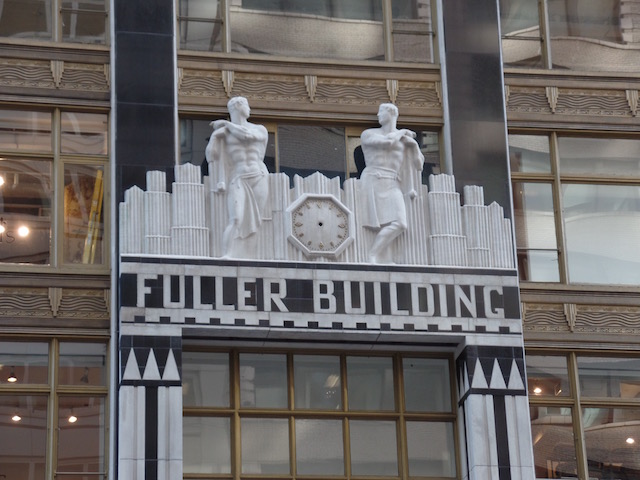
We then headed up North .. to Harlem. Of all of the times that we've been in the city, we've never actually gone to Harlem before. We started with lunch at Sylvia's (sometimes called Sylvia's Soul Food). It was opened in 1962 by Sylvia Woods as basically a lunch counter and has expanded several times, even taking space in an adjacent building. The restaurant attracts a clientele that ranges from Harlem locals to visiting celebrities. Bill Clinton, Nelson Mandela, Caroline Kennedy, Jesse Jackson, Al Sharpton, Magic Johnson, and Barack Obama are among those who have dined there. There are several pictures on the walls of all of the famous diners. We were seated in what seemed to be one of the expansions, but you can see the pictures on the walls.
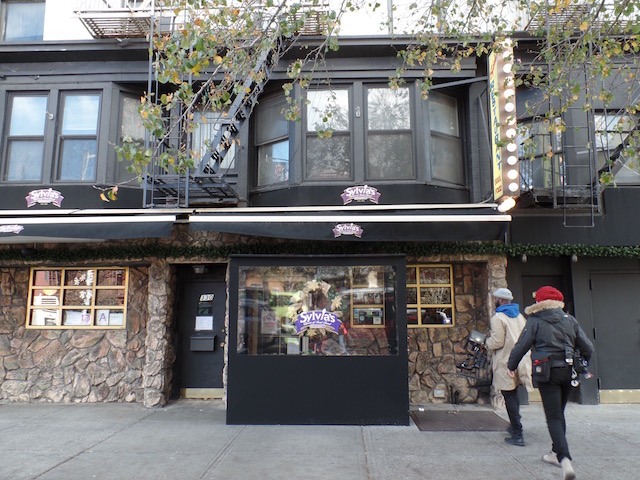
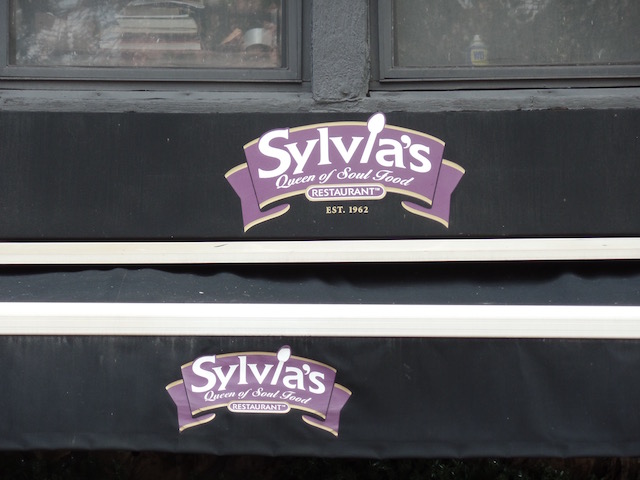
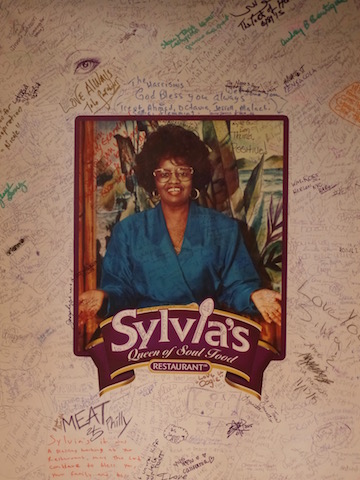
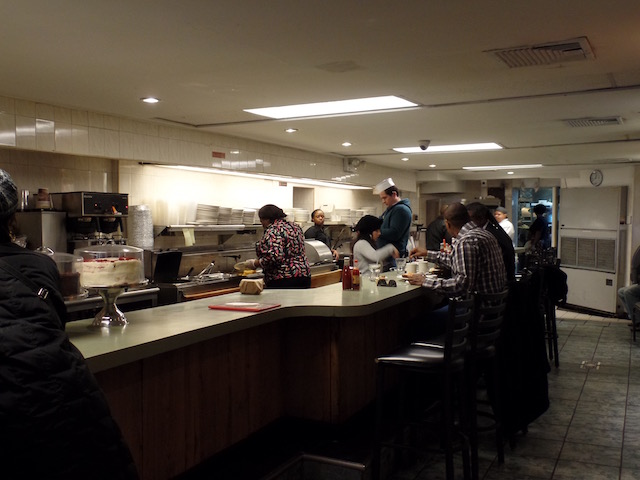
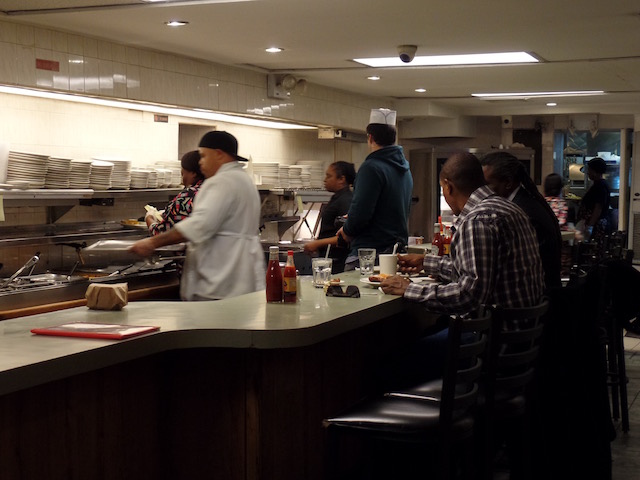
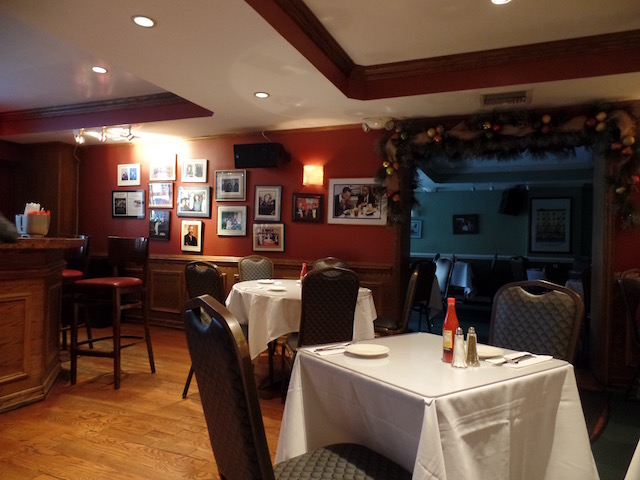
They started us with biscuits with butter, and I ordered Chicken and Dumplings, along with mashed potatoes and pickled beets. Tom had a ham steak, buttered corn, and collard greens. Then we ended by sharing a peach cobbler.
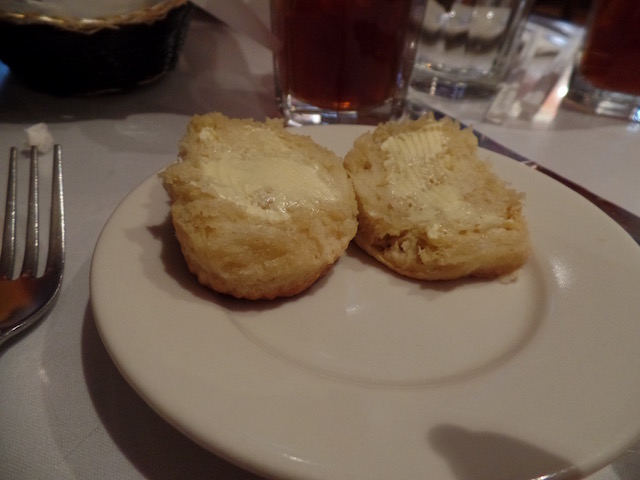
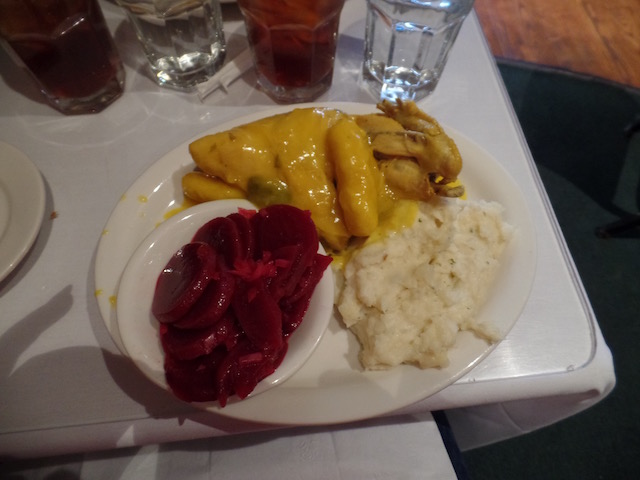
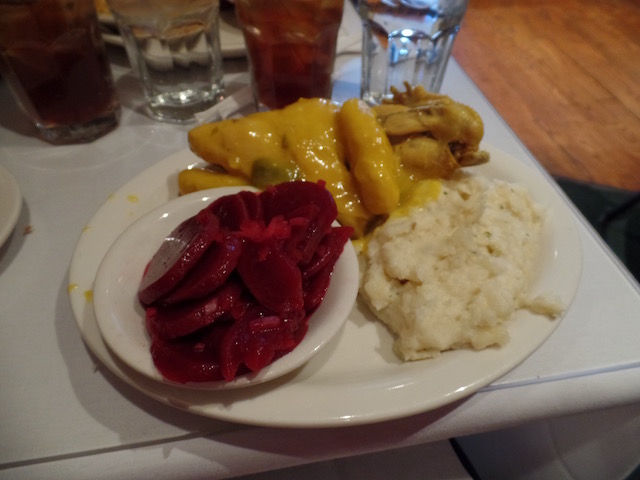
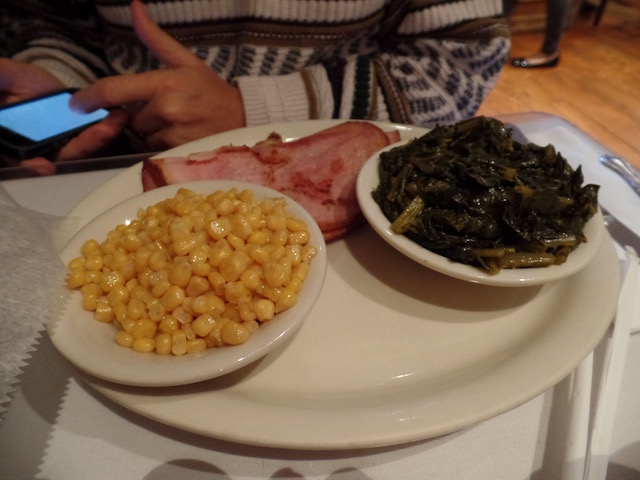
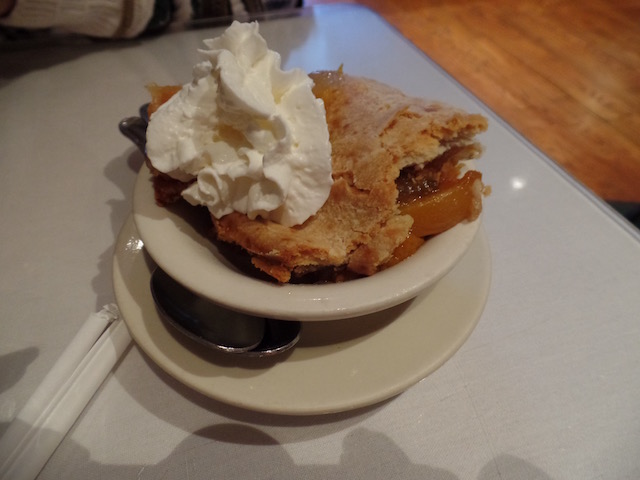
We aren't exactly sure what was going on, but it looked like there was going to be either something on TV or a documentary filmed there. They were setting up in the dining room where we were eating, checking the light levels, even adding an additional light (the bright circular one is not normally there and was added by the film crew). They were also lingering around outside as we left, but we didn't ask what was being filmed.
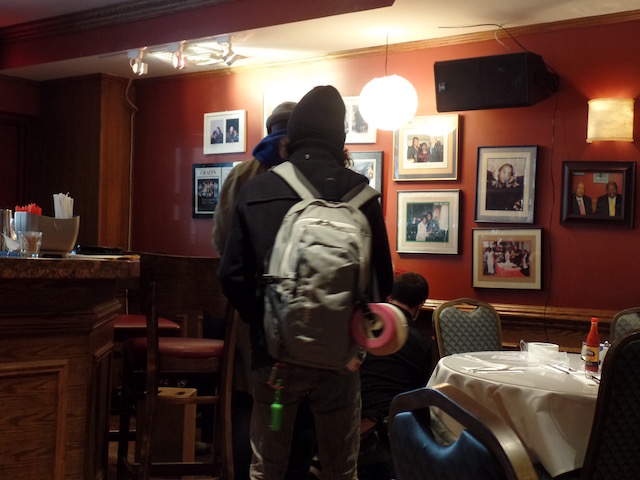
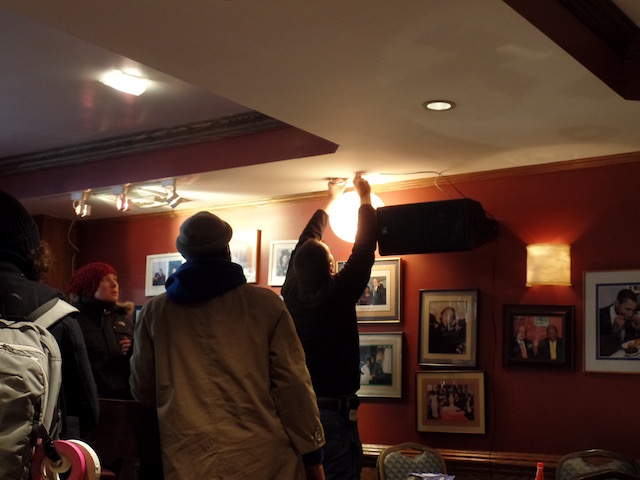
We really like taking walking tours and this trip we took the Historic Harlem tour from Big Onion Tours. At the center of African-American history and culture, Harlem is one of New York's most significant neighborhoods. Harlem started as a Dutch village in 1658, named after the city of Haarlem in the Netherlands. Starting in 1905, as part of the Great Migration, a large number of African-American residents came in and by the 1920's, it was somewhat the center of African-American culture. Harlem's black population peaked in the 1950's and now less than half of the residents in Harlem are black. However, it is still considered an important hub for African-American business, politics, art and culture. While there has been some amount of gentrification in Harlem, around 40% of the population still rely on welfare (more in Central and East Harlem than in West Harlem). East Harlem specifically started as an Italian neighborhood but is now mostly Hispanic. East (Italian) Harlem is notable as the founding location of the Genovese crime family, one of the Five Families that dominated Italian organized crime in New York City as part of the Mafia.
The first set of streets that we walked down, around 138th Street, have lots of these lovely brownstone-style townhouses. This is the St. Nicholas Historic District, also known as "Striver's Row". There are row houses designed by noted architects and built in 1891-93 by developer David H. King, Jr. These are collectively recognized as gems of New York City architecture, and "an outstanding example of late 19th-century urban design". The houses sit back-to-back, which allowed King to specify that they would share rear courtyards. The alleyways between them are gated off; some entrance gates still have signs that read "Walk Your Horses". At one time, these alleys allowed discreet stabling of horses and delivery of supplies without disrupting activities in the main houses. Today, the back areas are used almost exclusively for parking.
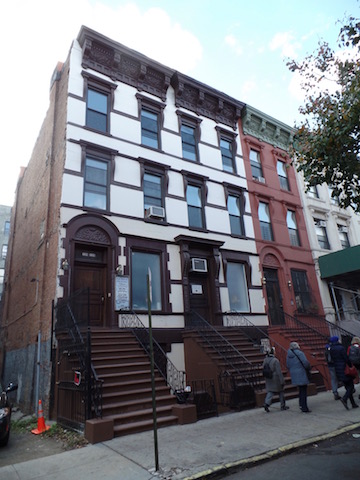
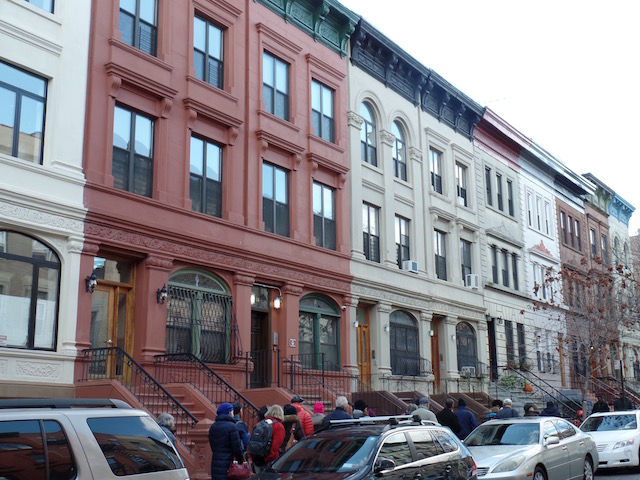
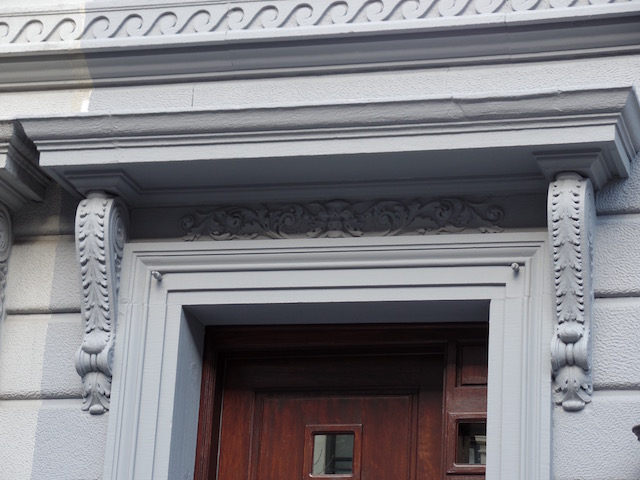
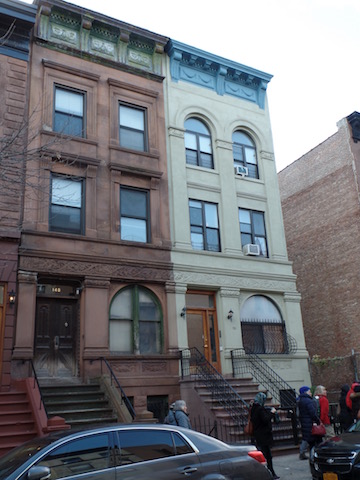
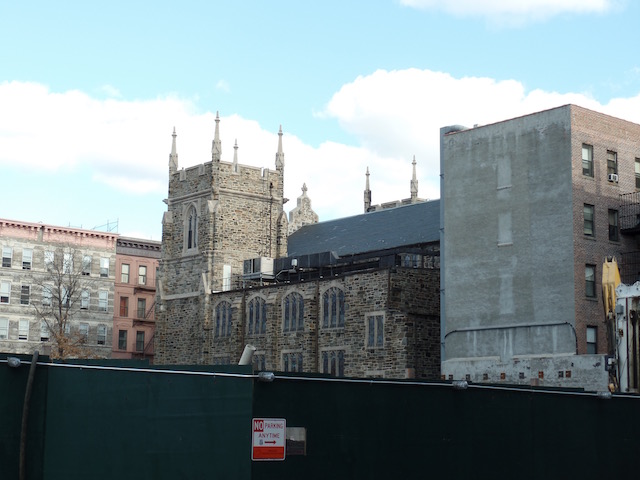
Next is the Mother African Methodist Episcopal Zion Church (yes, quite a mouthful!), also known as "Mother Zion". It is the oldest African-American church in NYC. This building, built between 1923 and 1925, is a lovely neo-Gothic style building and is the 6th one to house the congregation. The congregation was formed in 1796 by members of the John Street Methodist Church who left to start their own church. The original 100 members met in various locations in Manhattan before moving into Harlem in 1914. The sign also says "Freedom Church" as it played a vital role in the abolitionist movement and the Underground Railway.
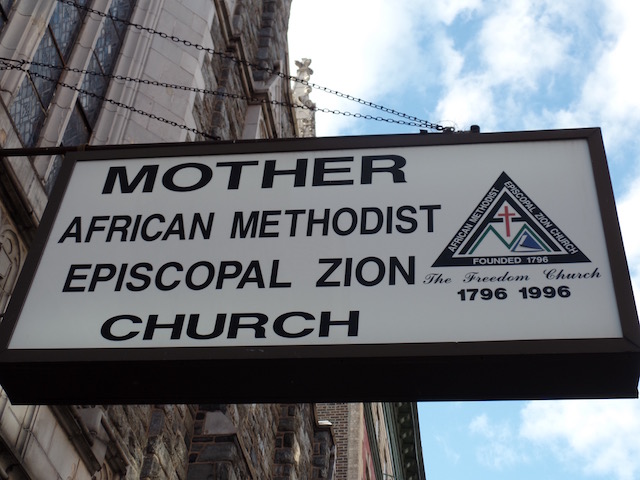
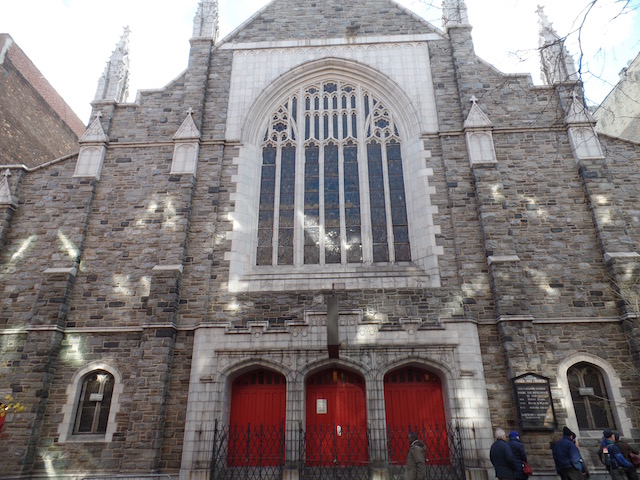
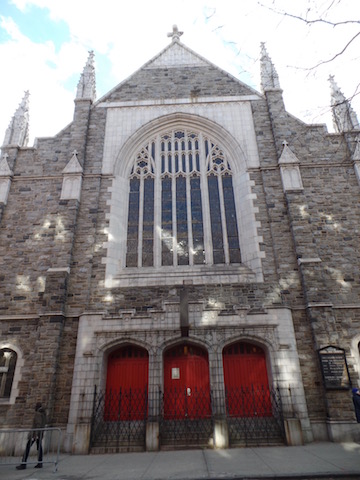
Just around the corner is the Abyssnian Baptist Church. Built around the same timeframe, 1922-23, it is a mix of Gothic Revival and Tudor Revival styles and features stained glass windows and marble furnishings. The congregation began after an incident in 1808 when visiting free Ethiopian seamen and allied African-American parishioners left the First Baptist Church in protest over being restricted to racially segregated seating. They named their new congregation the Abyssinian Baptist Church after the historic name of Ethiopia. Founded in 1809, it was the third oldest Baptist church in America. They also started in lower Manhattan and moved uptown. By 1930, the church had 13,000 members, making it the largest African-American church in New York City, and the largest Baptist congregation in the world.
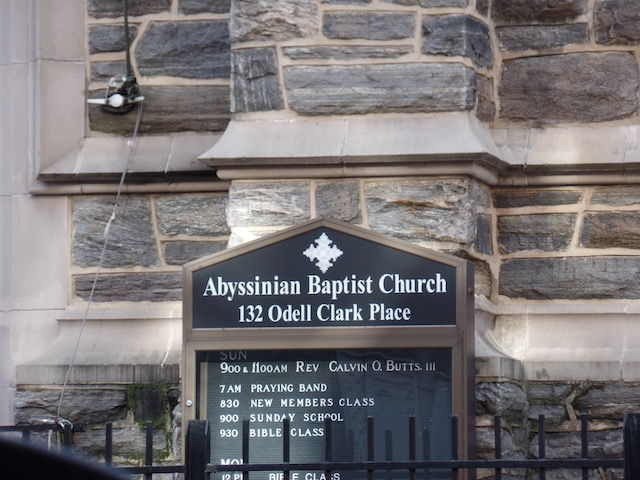
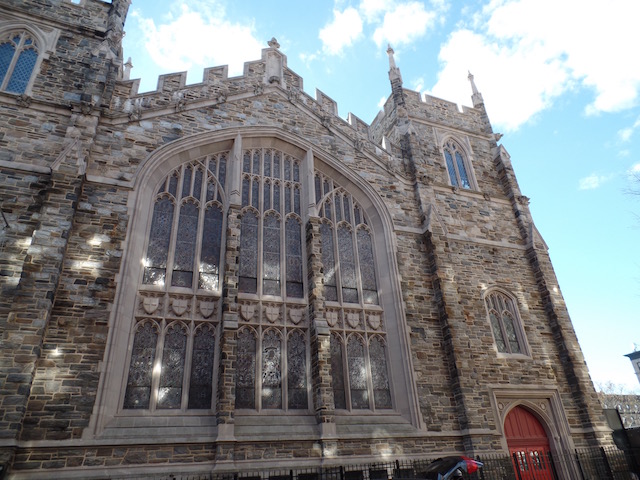
More townhouses including the high staircase in the front and the small door going into the lower level.
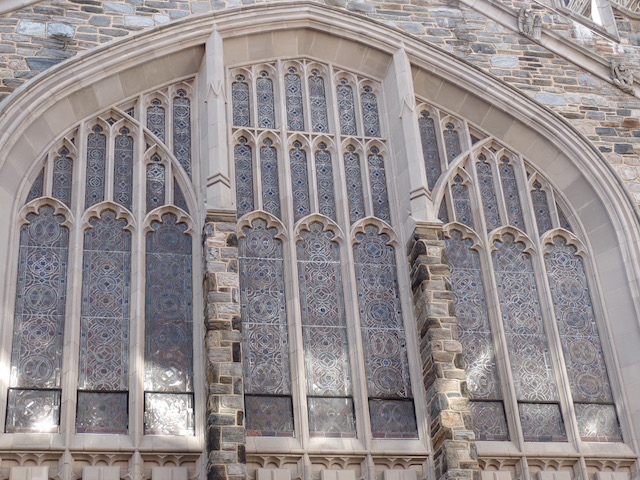
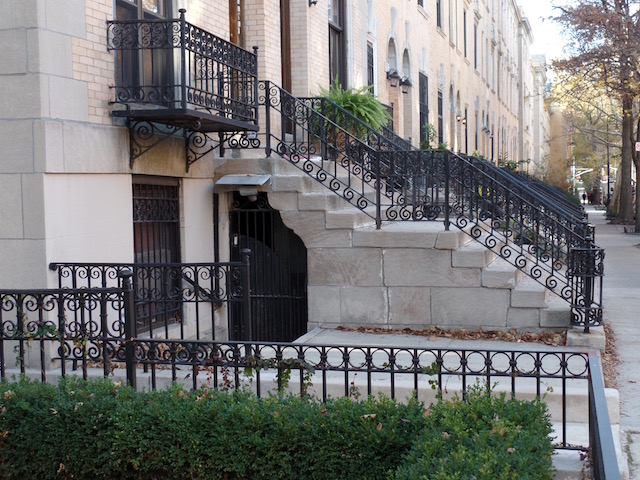
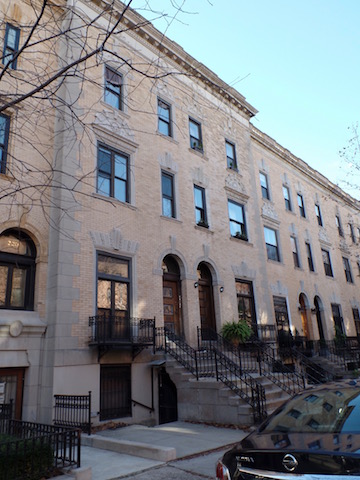
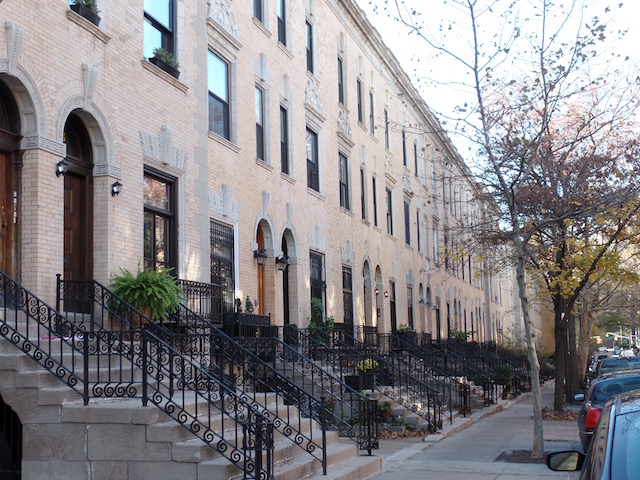
In the distance, you can see the facade of one of the buildings of City College of the City University of New York, or just City College of New York. It is the oldest of the City University's 24 locations. The neo-Gothic campus sits on a hill overlooking Harlem and many of its buildings are landmarks (you can see why from these couple pictures). CCNY was the first free public institution of higher education in the United States.
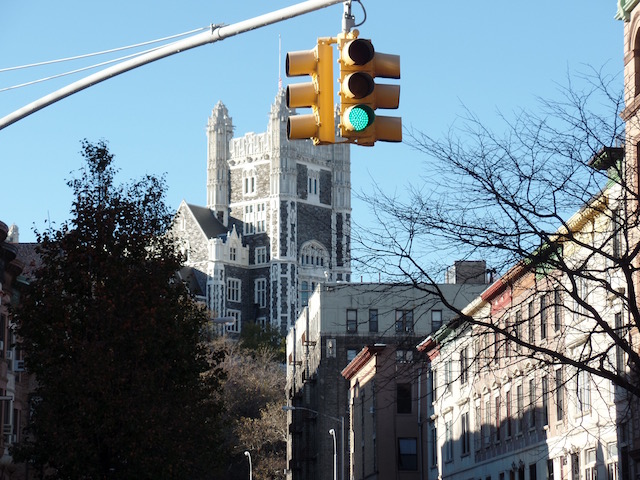
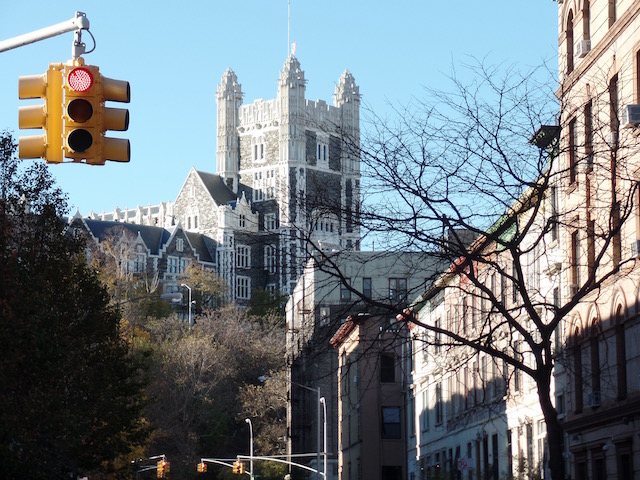
A quite small little church, the Victory Tabernacle Seventh Day Christian Church, but quite cute.
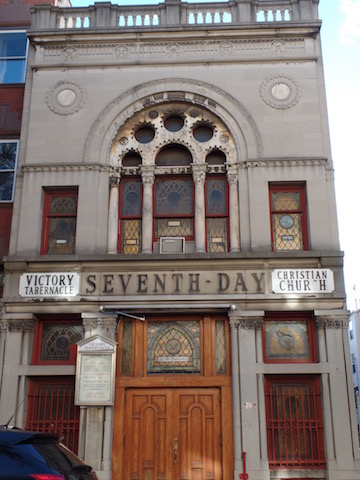
A bit more of architecture, here is the "walk your horses" sign that I mentioned earlier. As we walked around, we saw a few more nice buildings with interesting details. The tour guide mentioned rent parties, where tenants hire a musician or band to play and pass the hat to raise money to pay their rent, which originated in Harlem during the 1920s. The rent party played a major role in the development of jazz and blues music.
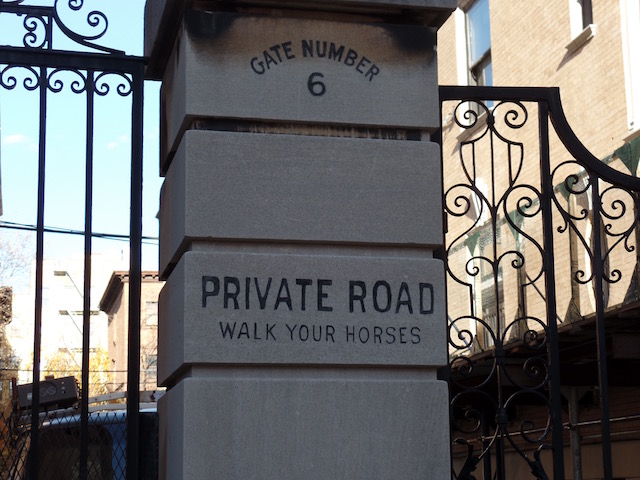
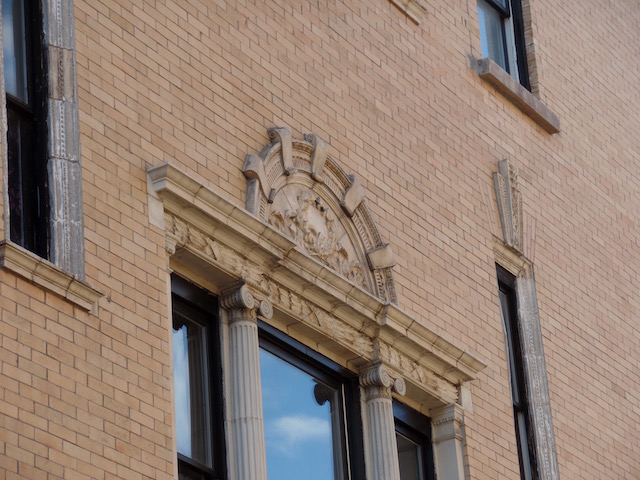
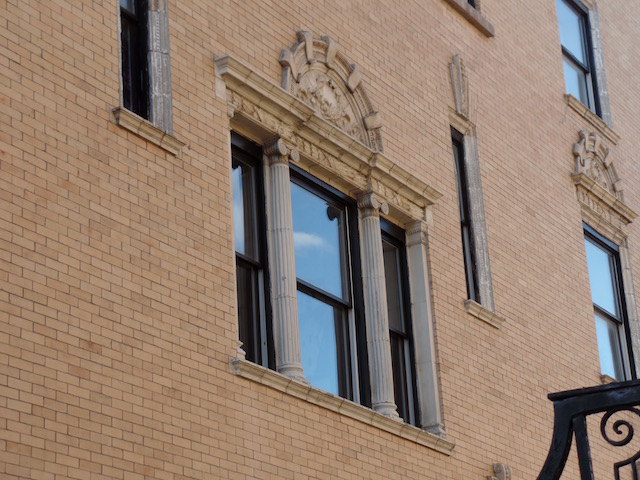
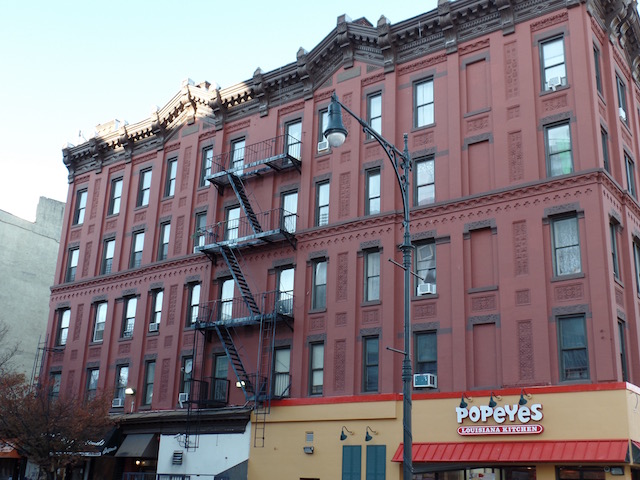
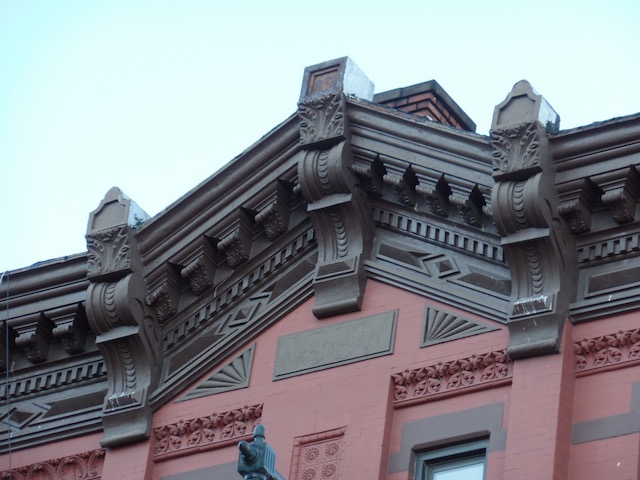
We took our lives into our own hands and went out into the median of a pretty big road for this next item. The original "Tree of Hope" was an elm that stood in the center median opposite the Lafayette Theater. Many celebrated performers, including Bill "Bojangles" Robinson, rubbed the original tree for good luck. When the tree died, it was replaced by a substitute, which in turn died. Its stump was preserved as a good luck charm, accompanied by a bronze commemorative marker placed at this location by Bill "Bojangles" Robinson. It included a facsimile of his signature with the quotation: "You asked for a tree of hope, so here 'tis. Best wishes!". The original plaque disappeared and a new one was made in 2007.
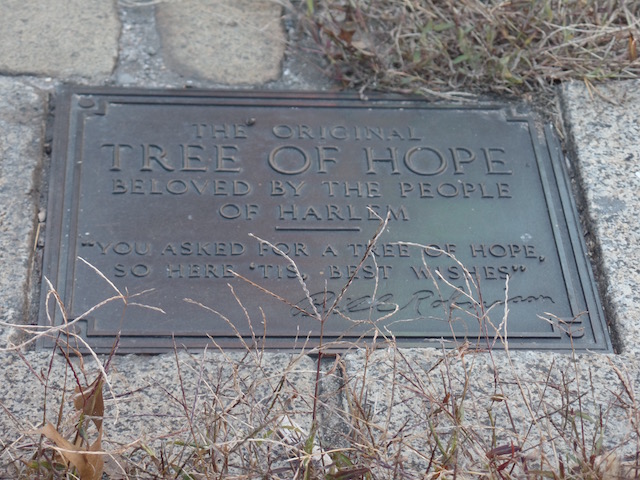
In 1971, Algernon Miller created a Tree of Hope sculpture, in homage to the earlier trees. The eight-foot high sculpture is made of steel and has a polychromatic painted surface that represents a stylized, abstracted tree.
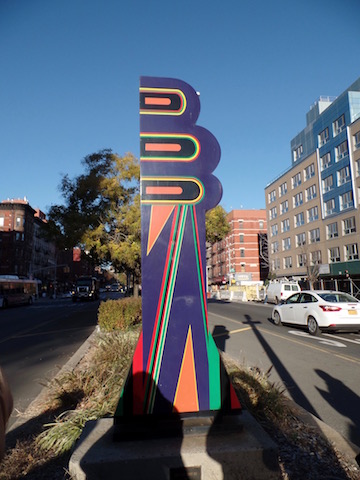
The 13-story Hotel Theresa was built in 1912-13 by German-born stockbroker Gustavus Sidenberg, naming it for his wife. The hotel, which was known in its heyday as "the Waldorf of Harlem", features an inventive use of terra-cotta for ornamentation, and has been called "one of the most visually striking structures in northern Manhattan". It was primarily an "apartment hotel" although it did accept temporary guests. Initially, it only accepted white guests but in 1937, it was bought by an African American businessman who ended the racial segregation policy in 1940. In the 1940's and 50's, it was a center of social life in the Harlem community since many prestigious hotels elsewhere in the city wouldn't allow black guests.
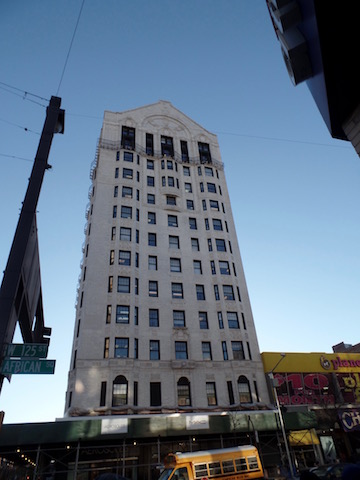
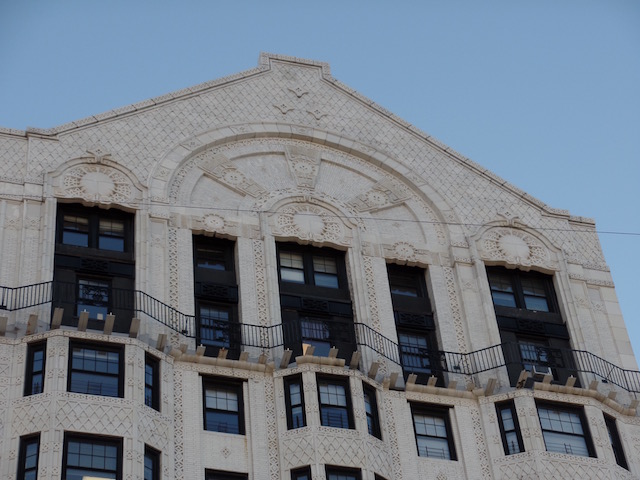
A few pieces of trivia: in 1960, Castro stayed here when the hotel in Midtown that he was supposed to stay in demanded payment in cash (they rented 80 rooms for $800 per day). In 1960, JFK campaigned for president at the hotel, and Ron Brown (US Secretary of Commerce under Clinton) grew up in the hotel where his father worked as manager.
And we ended at the Apollo Theater, home of Showtime at the Apollo and where a lot of African-American entertainers got their starts. The theater itself was built in 1913 in the neo-Classical style, and started out as a burlesque theater open to whites-only. It became the Apollo in 1934 when was opened to black patrons. Originally, a typical show presented at the Apollo was akin to a vaudeville show, including a chorus line of beautiful girls. As the years progressed, such variety shows were presented less often. Billing itself as a place "where stars are born and legends are made," the Apollo became famous for launching the careers of artists such as Ella Fitzgerald, who made her singing debut at 17 at the Apollo, on November 21, 1934. There are plaques in the sidewalk with names of the famous entertainers.
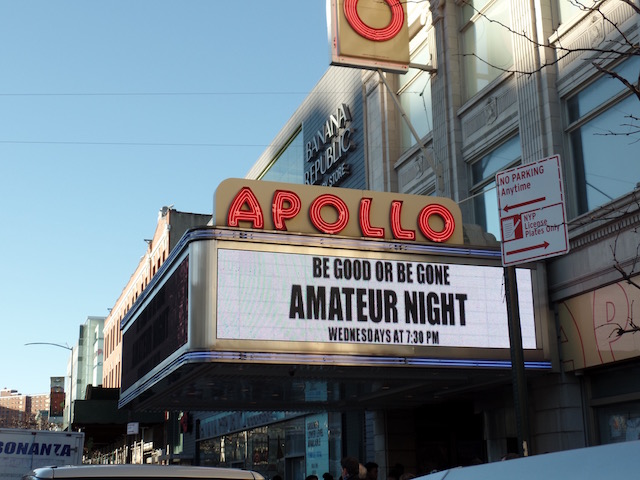
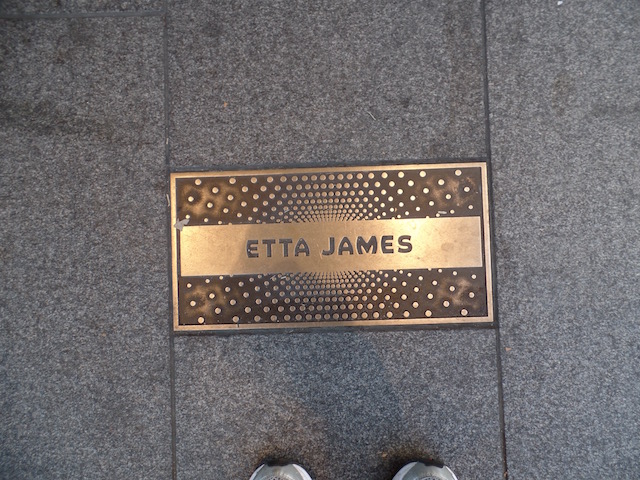
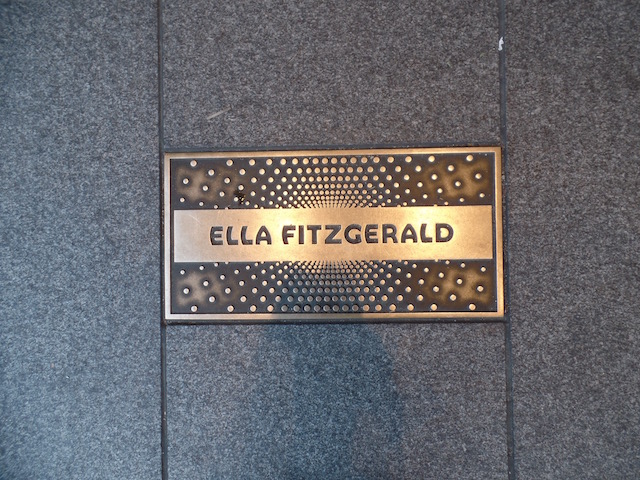
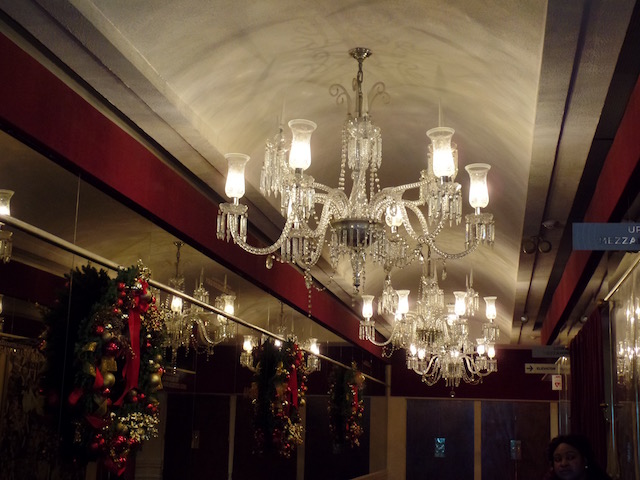
Third night, dinner was at Lupulo (which is the Portuguese word for "hops"). It is the second restaurant of Michelin-starred George Mendes, is inspired by the famed cervejarias, or breweries, of Lisbon. The restaurant's design pays homage to traditional Portuguese taverns with handcrafted blue and white tiles and rustic wood accents, while objects collected throughout Mendes' travels in Portugal decorate shelves lining the walls and street-facing windows. Tables topped with hand-made Portuguese tiles and accented with black iron surround a blackened steel-topped bar.
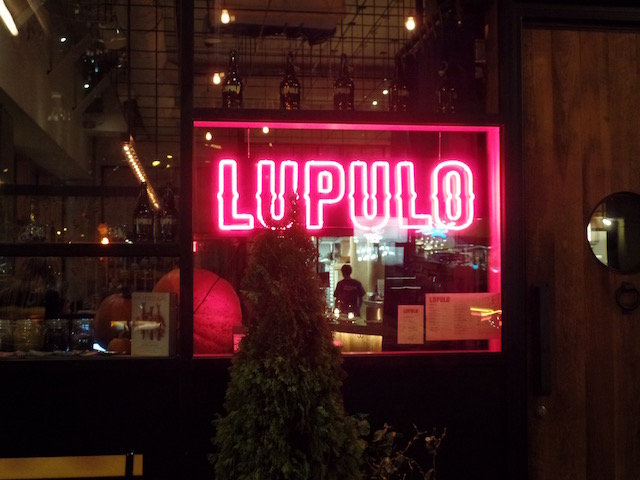
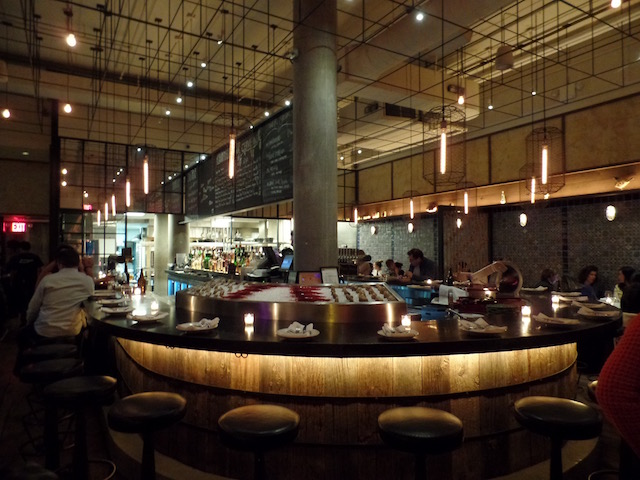
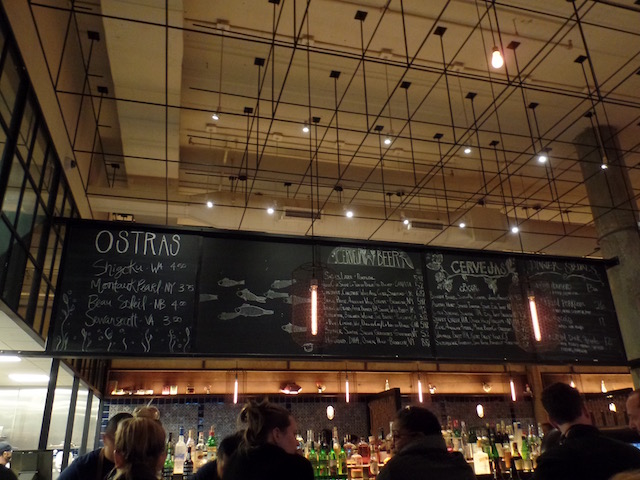
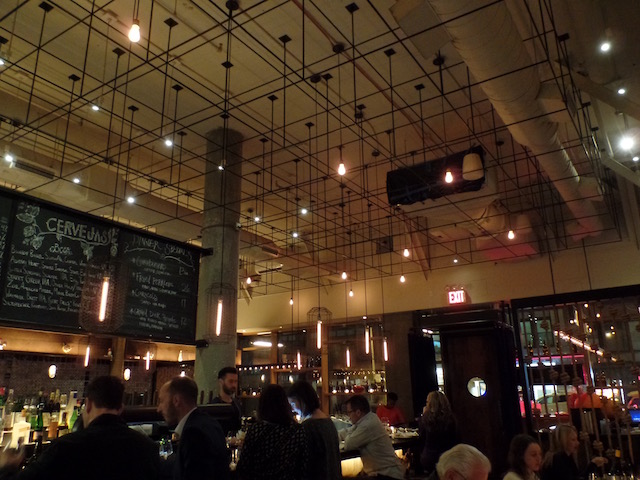
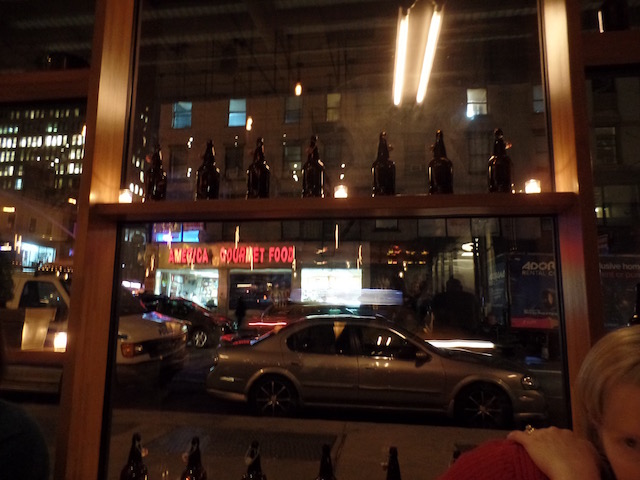
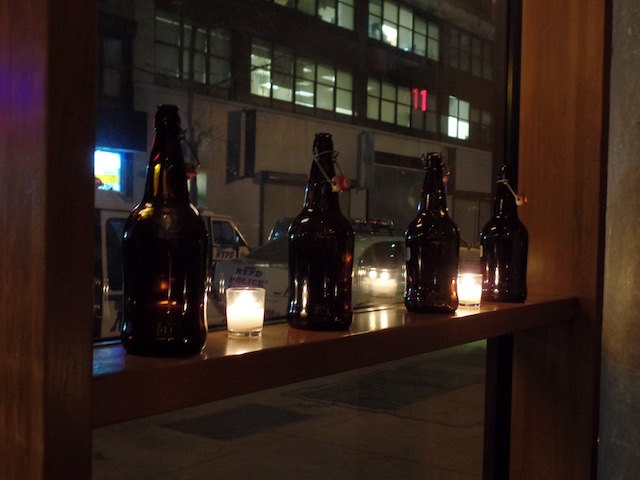
What would tapas be without croquettes ... we started with the Bolinhos de Bacalhau - Salt cod croquettes with piri piri mayo (piri piri, or African bird's eye chili, is a chili pepper, and Portuguese piri piri sauce is made from the chillies with basil, oregano, and tarragon).
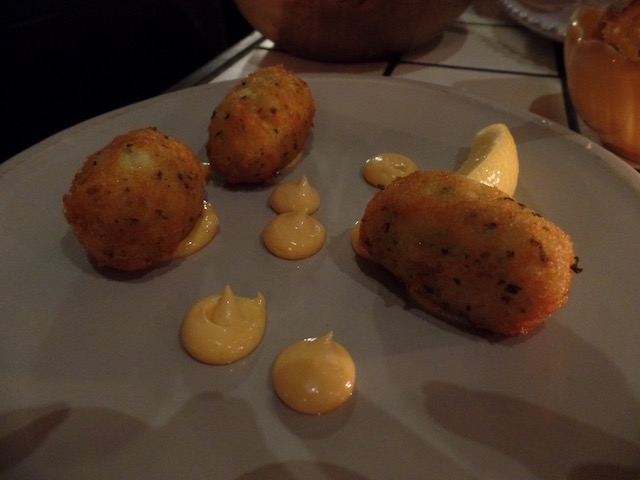
We also tried the Pate de Carapau which is a Portuguese mackerel spread served with toast.
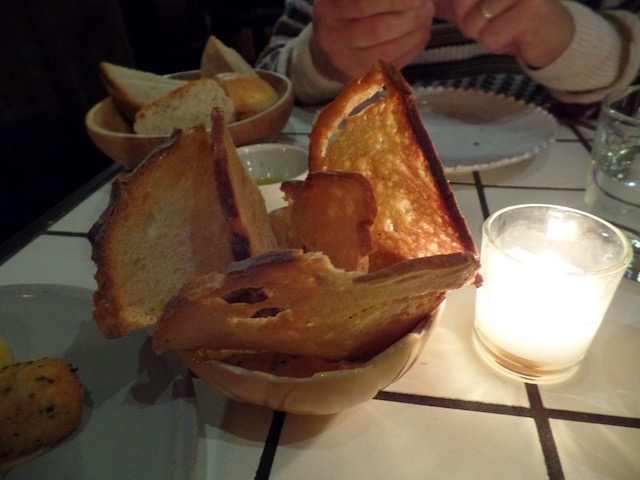
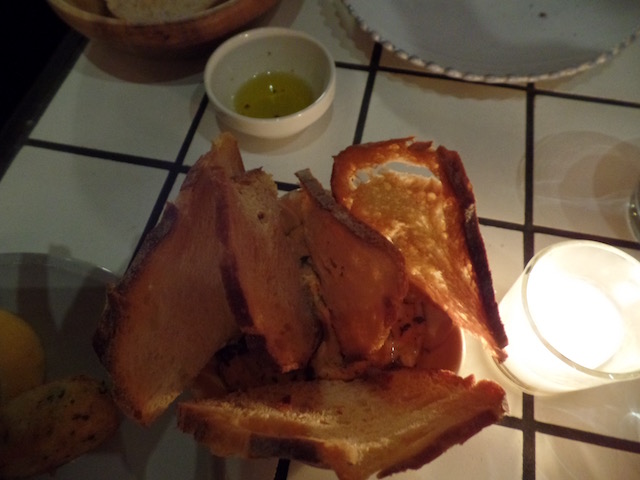
Then the two main dishes: Frango Piri-Piri, which is an organic young chicken, butterflied, charred crisp and served with thin french fries and (of course), piri-piri pepper sauce on the side; and Acorda de Camarao, which is a shrimp porridge complete with shrimp heads.
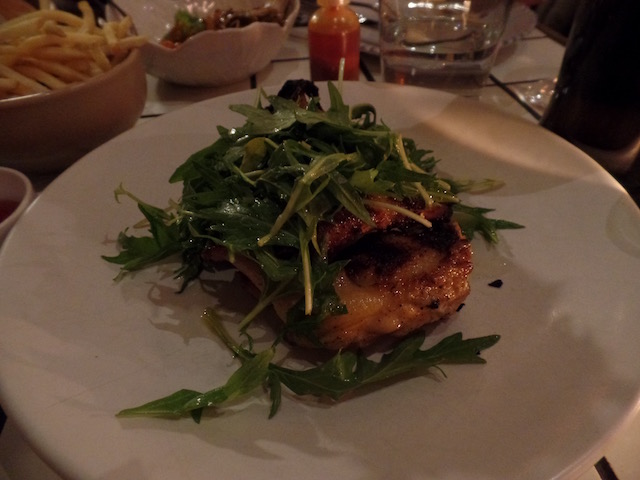
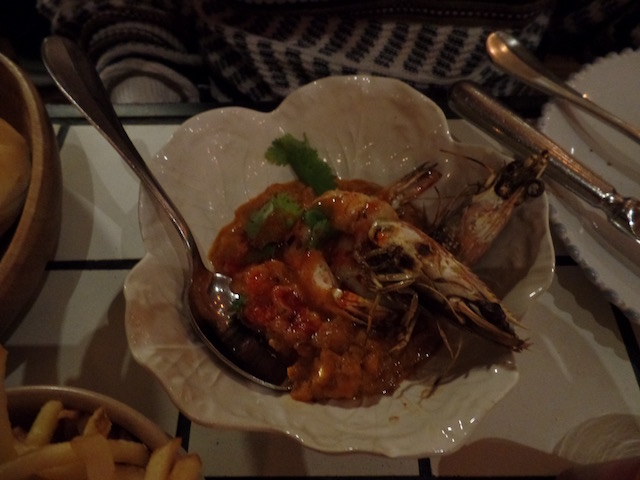
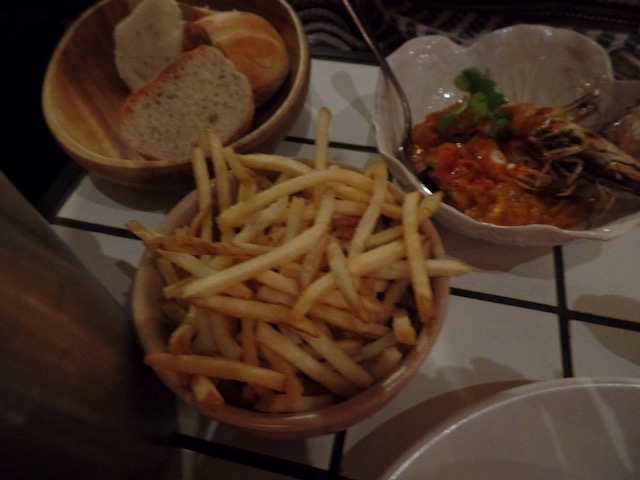
We decided to get two different desserts here: Bolo de queijo e azeite (sheep's milk cheesecake, pumpkin seed granola, peanuts, and roasted apple sorbet, and then Filhoses, which are Portuguese doughnuts dusted with sugar, served with salted caramel and passion fruit curd.
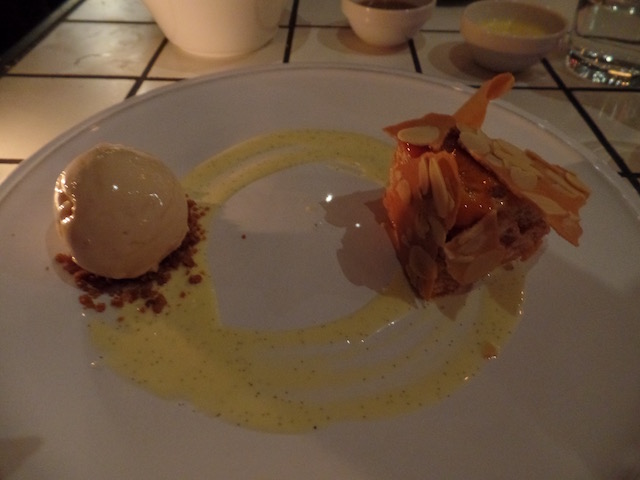
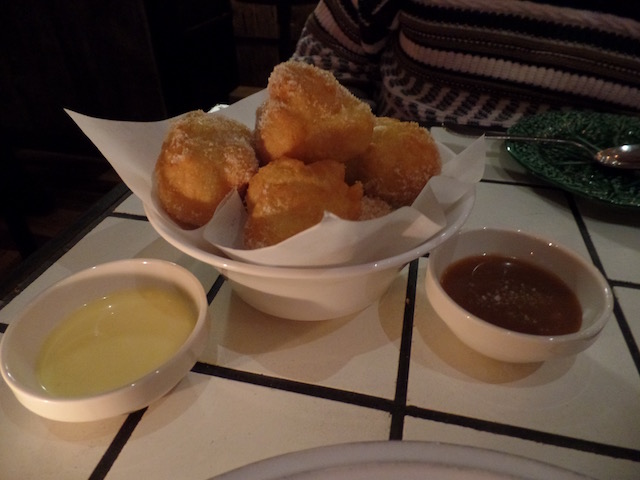
Proceed to NYC Day 4